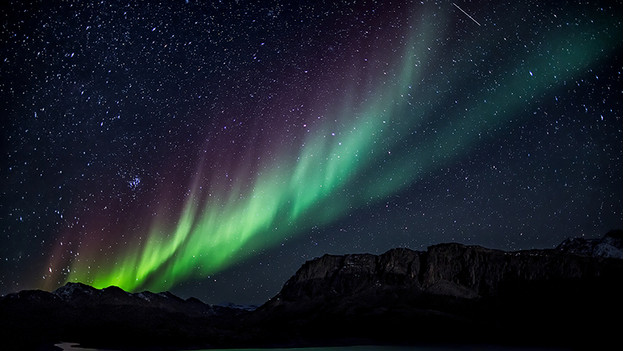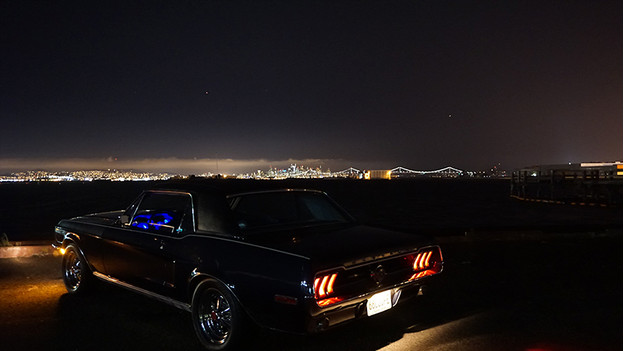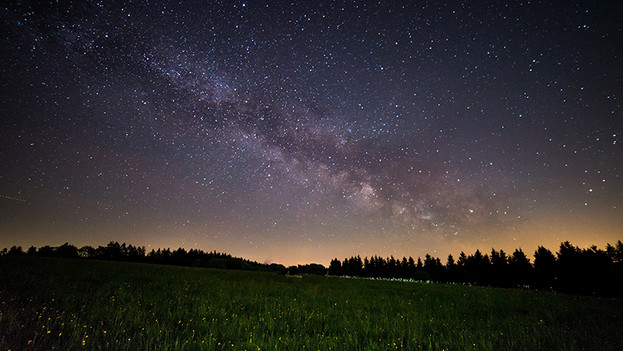
How do you set up your camera for photography in low light?
ISO

A higher ISO value makes the camera more sensitive to light, so it 'catches' more light. This does have a downside. You also get more noise in the image. Try to keep the ISO as low as possible in situation with low light. On most cameras, that's 100 ISO. Some cameras have a good noise suppression, so it's easier to raise the ISO.
Shutter speed

You can compensate a low ISO value with a slower shutter speed. With a slower shutter speed, the image sensor is exposed to the available light longer. That way, your camera can still create a sharp image. You'll probably already get a good result with a shutter speed of 1/100 seconds. Note: with a slower shutter speed, you risk more motion blur. To prevent this, you can put your camera on a tripod.
Aperture

Another option to compensate a low ISO value is a larger aperture. The larger the aperture, the more light falls on the image sensor. This also results in a smaller depth of field. The part of the photo that's sharp is smaller than the blurry part. If you take a portrait photo in low light, you can easily use a larger aperture. Use f/2.8, for example. Feel free to experiment before you take a photo.
Focus

To focus on the subject of which you want to take a photo, it's important to choose the focal point manually. In dark situations, it's difficult for the camera to focus automatically. Choose a specific focal point if you work with a small subject. It's useful to focus on what give the most light. On the lighting monitor, you can see accurately if the subject is properly lit, or if you need to adjust the lighting.


